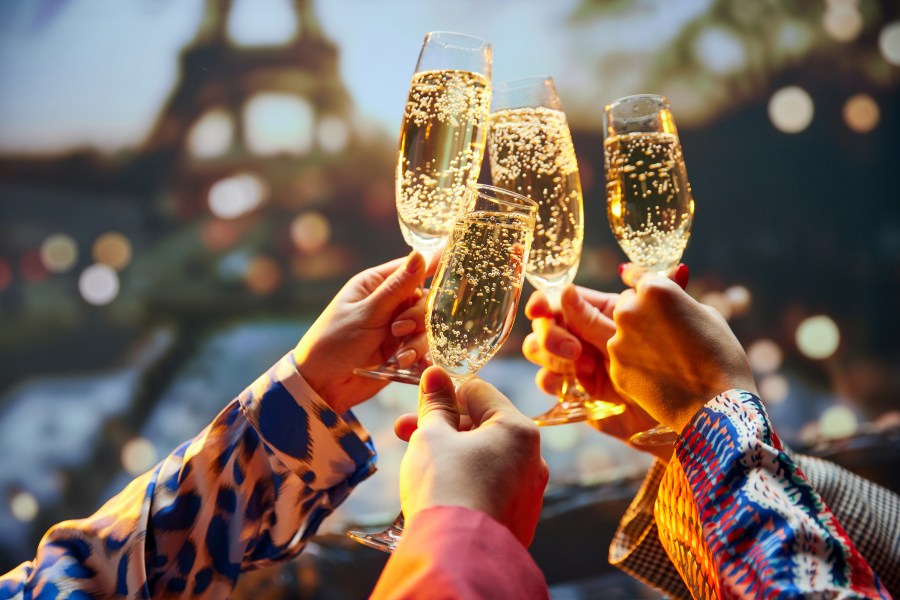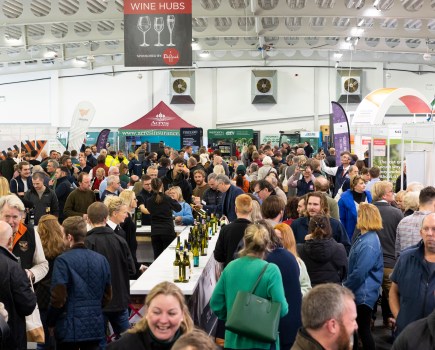Effevent, organisers of the Sparkling Wine Forum 2025 are set to share their skillset with visitors to the Vineyard & Winery Show in November so Vineyard Magazine attended the event held in Reims to get an advance look at some of the insights and research that will be presented to attendees of the Vineyard & Winery Show to be held on 19 November 2025.
The third edition of the Sparkling Wine Forum was held in Bezannes, Reims on 23 and 24 April. Arriving at the event centre which is just outside of Reims was in itself an event. The conference facilities were state of the art with a major focus on incorporating technology to reduce reliance on traditional sources of power. An aesthetically pleasing silent wind turbine in the shape of a tree was the first evidence that this centre was designed with sustainability in mind.
This event is about expressing personality in wine but also building quality, gathering researchers together with humility and passion…
The line up of speakers for the packed event was equally impressive with its international focus reflected by the attendees in the audience. Over two intense days, 47 speakers, including internationally renowned researchers from the United States, South Africa, France, Italy, Germany, Spain and Portugal, shared their recent research findings and proposed innovative solutions to the major challenges facing the sparkling wine industry.
Alain Sacy, Chairman of Effevent and Head of Champagne Louis de Sacy outlined the ethos of the forum. “I am going to tell you something you all know – each wine has its own personality,” Alain said. “This event is about expressing personality in wine but also building quality, gathering researchers together with humility and passion…fostering co-operation and finding solutions to common problems through research and innovation,” he added.
On Wednesday the opening keynote speech was delivered by President of the International Organisation of Vine and Wine Yvette Van Der Merwe who provided a fascinating insight into the global sparkling wine market.
Yvette pointed out a significant number of interesting statistics for the global wine industry but three of these really stood out to the audience. The total global area under vine in 2024 was 7.1 million hectares, and the total amount of juice produced in 2024 was 225.8 million hectolitres. These figures represent a slight decline on the total area for 2023 due to removal of vineyards across the globe and the total production figure was down 5% on 2023. There was a murmur of agreement in the room as Yvette pointed out that 2024 had seen less than ideal growing conditions on a global scale. Yvette then compared these details to the global consumption figures for wine in 2024 which stood at 214.2 million hectolitres, a decrease of 3.3% on 2023.
Having outlined these figures Yvette Van Der Merwe then focussed attention specifically on the sparkling wine market. There was much good news for the sector.
One of the emerging trends in a complex economic environment has been ‘quality over quantity’. “There has been a rise in the price that consumers are willing to pay for a premium product,” explained Yvette.
The next point of positivity is particularly relevant to growers and producers in England and Wales “products tied to origin, tradition and innovation hold their value,” said Yvette with emphasis. To illustrate the statement that sparkling wine continues to punch above its weight Yvette introduced some impressive data.
The sparkling wine share of the total wine market has increased from 5% in 2003 to 8% in 2023 and sparkling wine consumption has increased 108% since 2002. With consumers finding the sparkling wine market less intimidating to navigate than the still wine market, sparkling wine is no longer simply for celebration and the category is stretching and growing. Through innovations such as canned wines and the globally growing appeal of lower alcohol, “Sparkling wine is now a beach to brunch product but we have to make sure we stay in touch with consumers and continue to innovate as a category,” said Yvette.
Another highlight of the two day seminar programme was an in depth look at the science behind the bubbles that put the sparkle into sparkling wine. It was interesting to note that an international technical forum did not neglect the very basis of sparkling wine, the humble bubble. Professor Gerard Liger-Belair from the University of Reims captured the attention of the audience from his very first comments.
From infrared images Professor Liger-Belair demonstrated how pouring sparkling wine into a glass in a vertical position will allow the escape of 30% to 40% of the CO2 whereas tilting the glass reduces this loss to 20%. This has a significant impact on vintage and aged wines since younger wines have stronger CO2 with larger bubbles but aged sparkling wines have finer bubbles.
Bubbles expand as they rise through the liquid and the scientific formula for the size of a bubble displayed to the audience was mind blowing. Professor Liger-Belair explained that there are a number of parameters that influence the formula
- the distance the bubble travels
- the concentration of CO2
- the gravity acceleration.
As an example Professor Liger-Belair explained that if you could pour sparkling wine on earth and the moon from the same bottle at the same time into the same style of glass there would be far more bubbles and they would be far larger on the moon.
On a less theoretical level the research pointed to the importance of the invisible stirring role that bubbles play as they ascend in a glass. “In a moving wine the components will evaporate with greater ease and a bubble popping on the surface of a sparkling wine acts like a perfume atomiser.” Professor Liger-Belair explained in depth how the aroma transfer created by the bubble is dependent on surface tension and viscosity and the size of the bubble affects the efficiency of this process.
“In an intriguing slide Professor Liger-Belair explained that models have found similarities between the stirring structure of bubbles in sparkling wine and the internal structure of the fibre of watermelon. Why? and how? Will be the focus for greater research in the future,” he pointed out.
Dr Gabriel Lepousez from the Department de Neuroscience at the Institut Pasteur in Paris explained the effect of bubbles on the brain in his lecture entitled “From Bubbles to the Brain: The neurosciences of Effervescence.
“The effect of CO2 on the senses is visual, audible, tactile and can be seen in models to stimulate the emotional processing centre of the brain. CO2 is perceived as both good and bad at the same time therefore it creates a puzzle for the brain. CO2 also reinforces the sensation of cold and therefore refreshment from a drink and effervescence is the first recognition in the mouth. CO2 is also perceived as more acidic thus it helps with salivation and sensory perception.” The science outlined by Dr Lepousez illustrated just why and how sparkling wine has the ability to multiply the emotions that we feel compared to still wine.
Gerard Liger-Belair concluded that understanding the bubble is a basic but vital element in sparkling wine production but so often it is an element that is taken for granted.
The Sparkling Wine Forum also incorporated a number of tasting masterclasses including an in depth look at the production and development of No/Low alcohol in sparkling wines. Led by Matthias Schmitt of Hochschule Geisenheim University, this masterclass explored the sensory effects of dealcoholisation and substitution strategies to maintain the organoleptic balance of low-alcohol sparkling wines. Matthias explained some of the major difficulties in the removal of alcohol from wine such as volume loss, aroma loss, CO2 loss but there is also the possibility of microbial spoilage. “We are spoilt in the wine industry with regards to microbial safety,” Matthias pointed out. Throughout the masterclass Matthias put forward research and innovations designed to improve the experience of drinking no/low alcohol wines. From early harvesting techniques to the addition of CO2 and sweetening with rectified grape must the continuing research and differences in the resulting wines are intriguing.
As the two days concluded in a final discussion panel the focus was on the future and in the words of Cristophe Bertsch of the University of Alsace: “From grapes to the bubbles the (Sparkling Wine Forum 2025) provided a fascinating bridge between tradition and innovation.”
The exact details of speakers and topics that will be discussed at the Vineyard & Winery show have yet to be finalised with the team at Effevent, but we can be confident that given the interesting and educational nature of the Sparkling Wine Forum in Reims, this will be a beneficial and fascinating addition to The Vineyard & Winery Show.
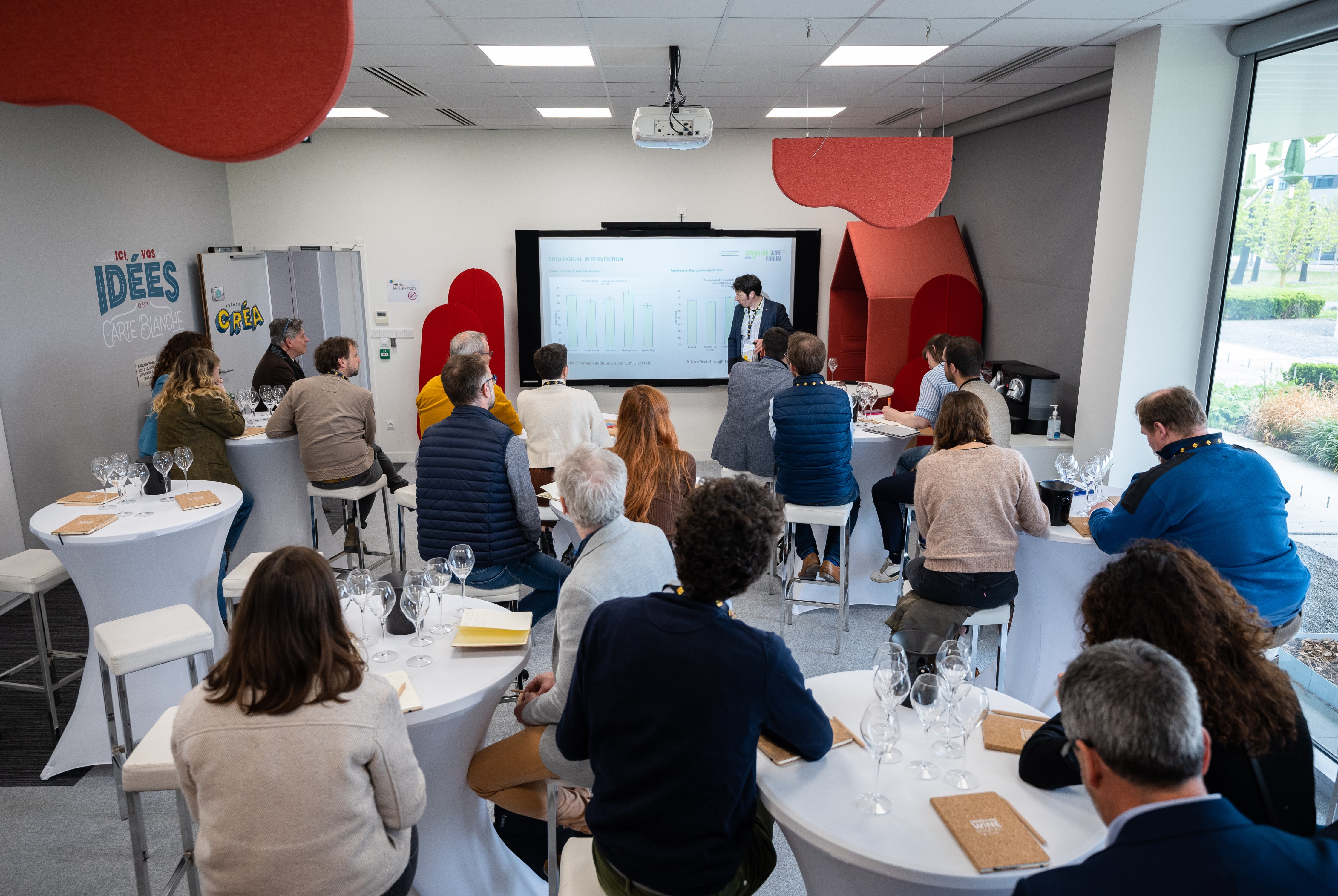

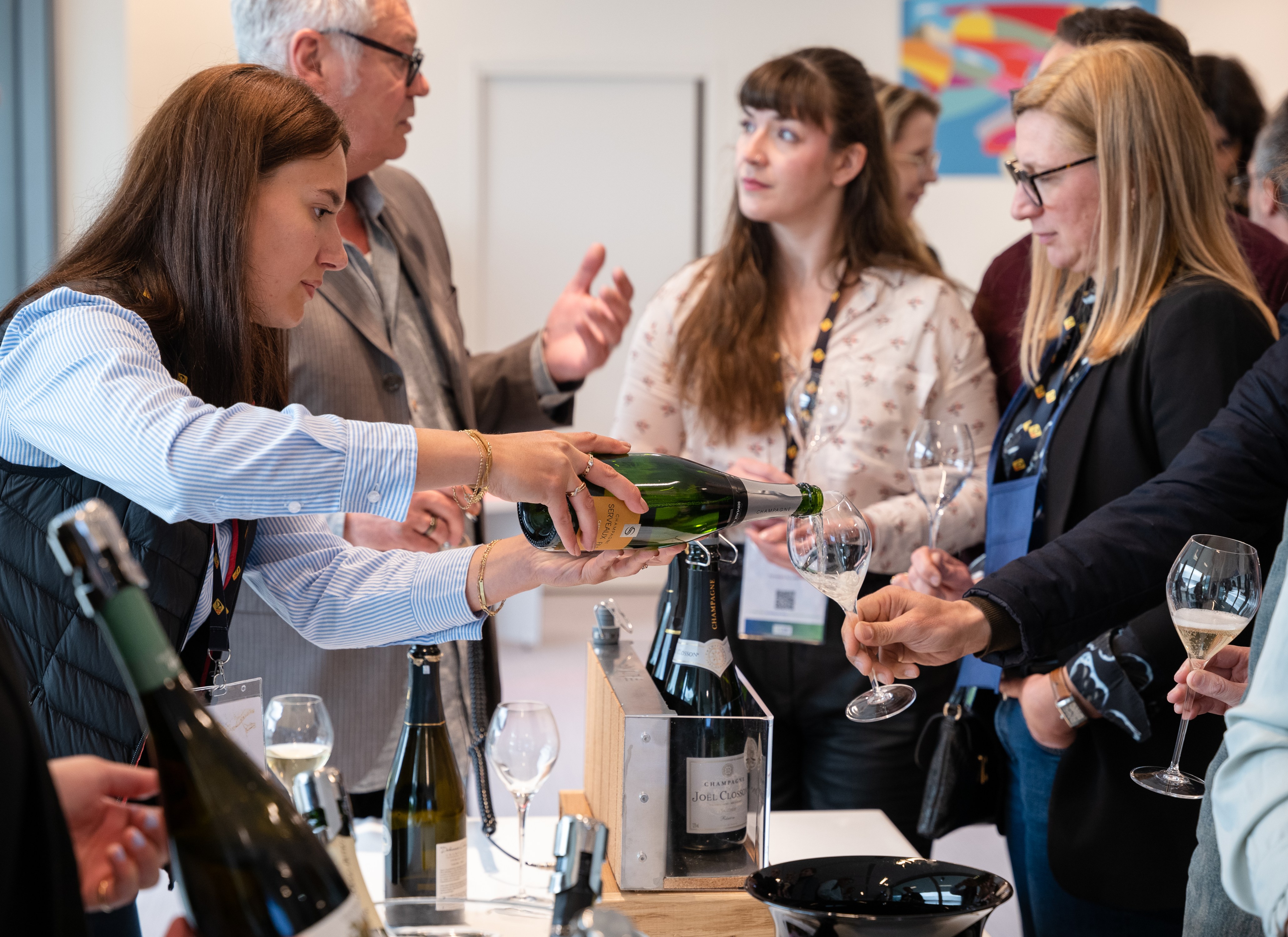
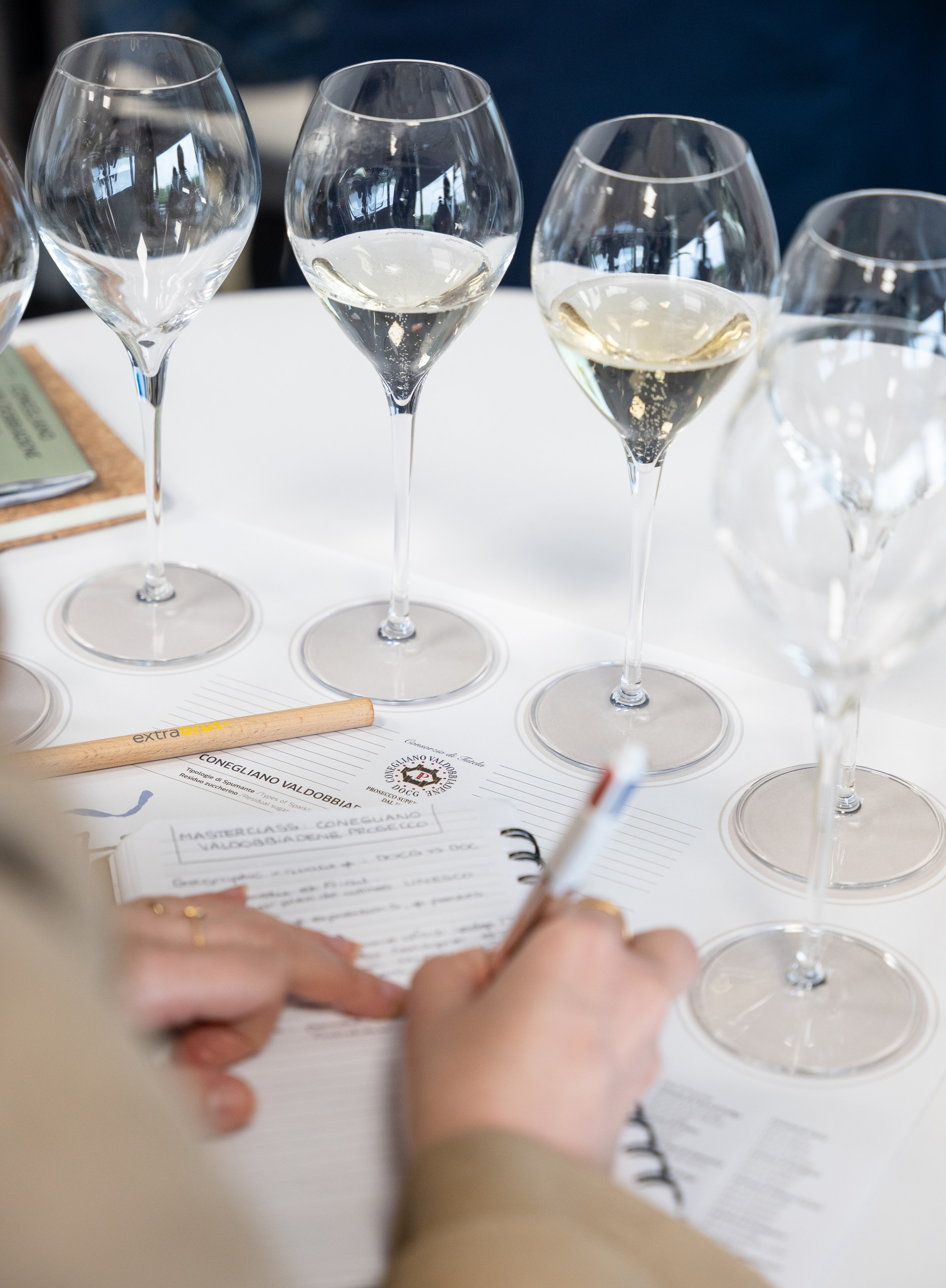
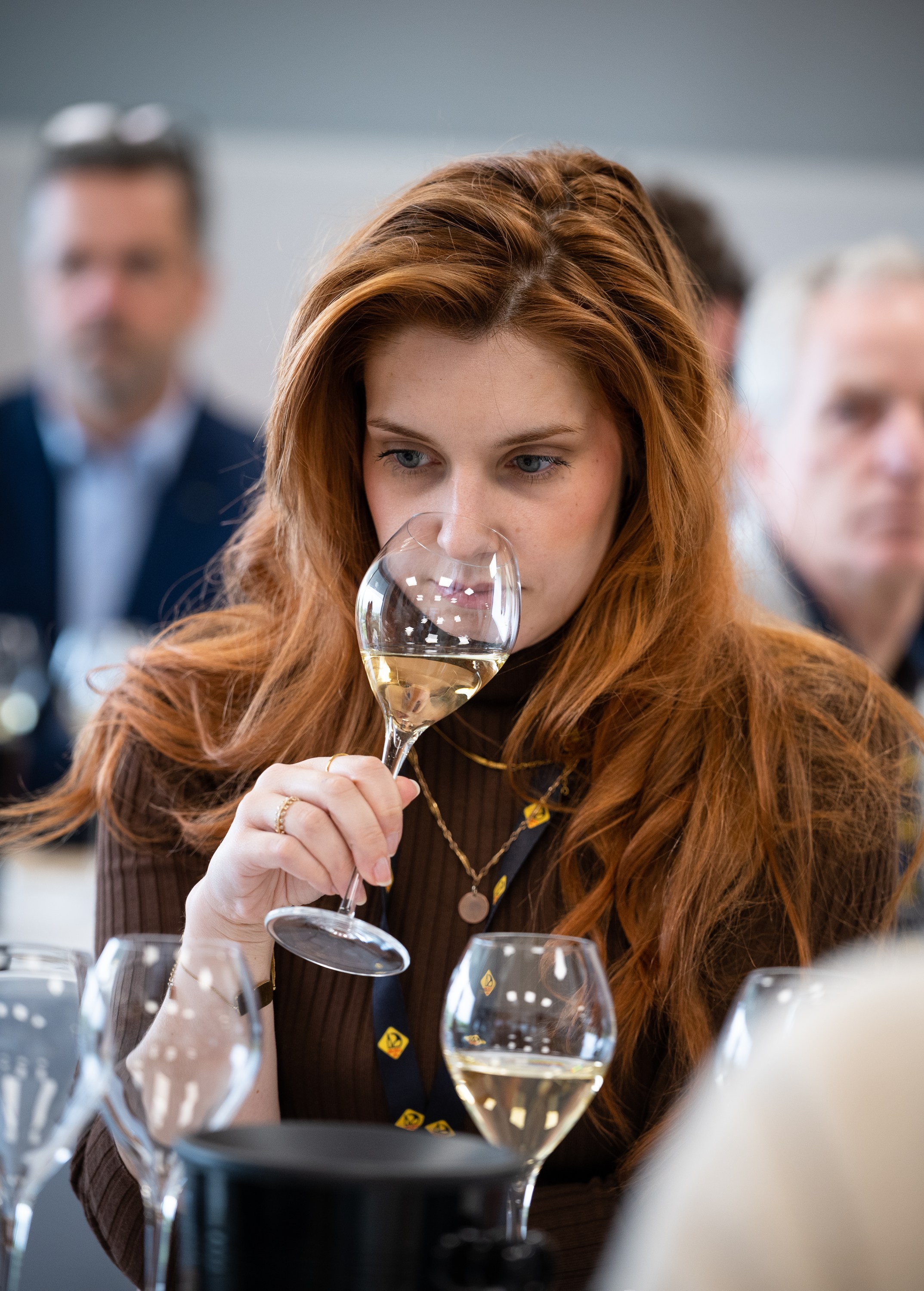
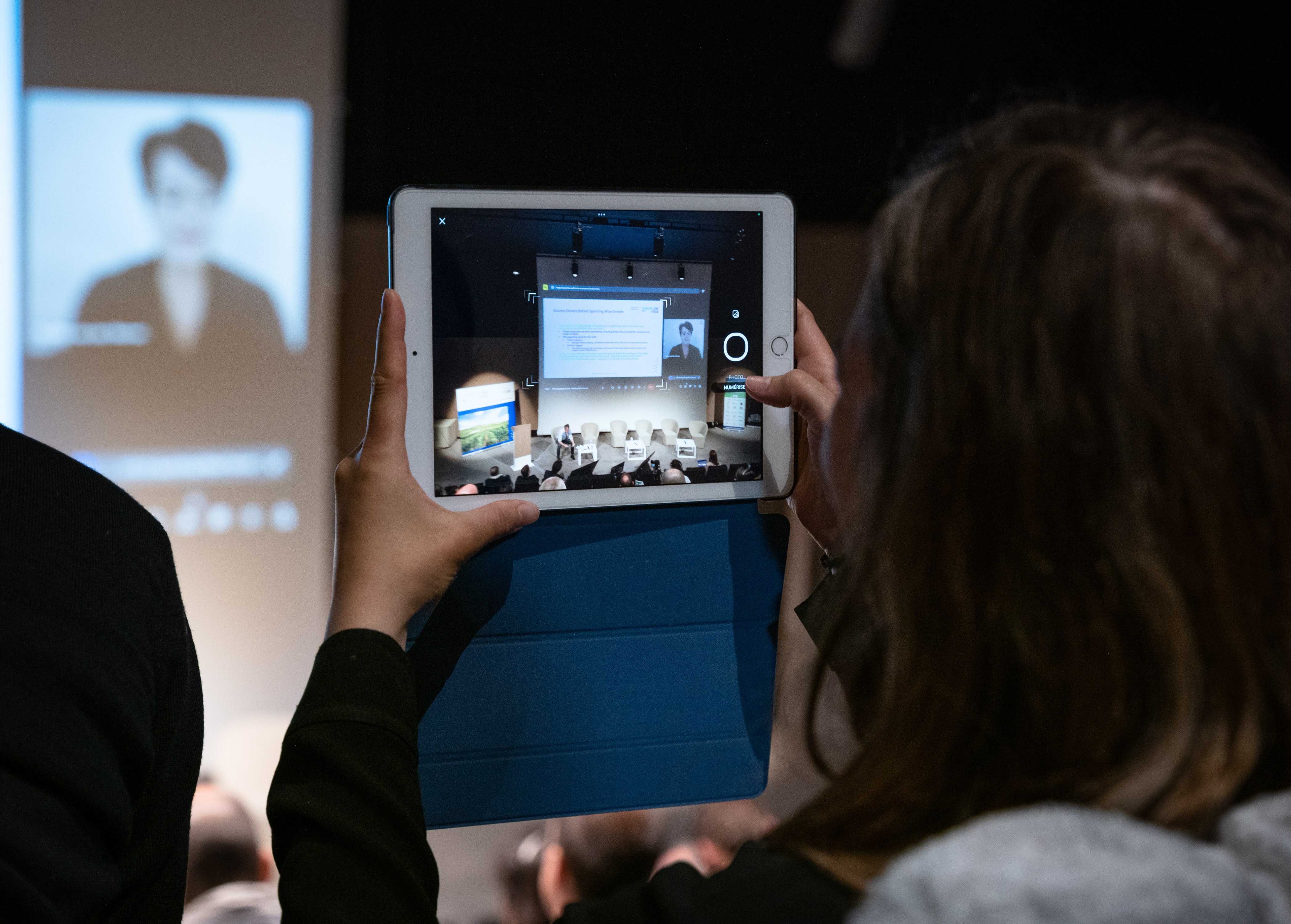

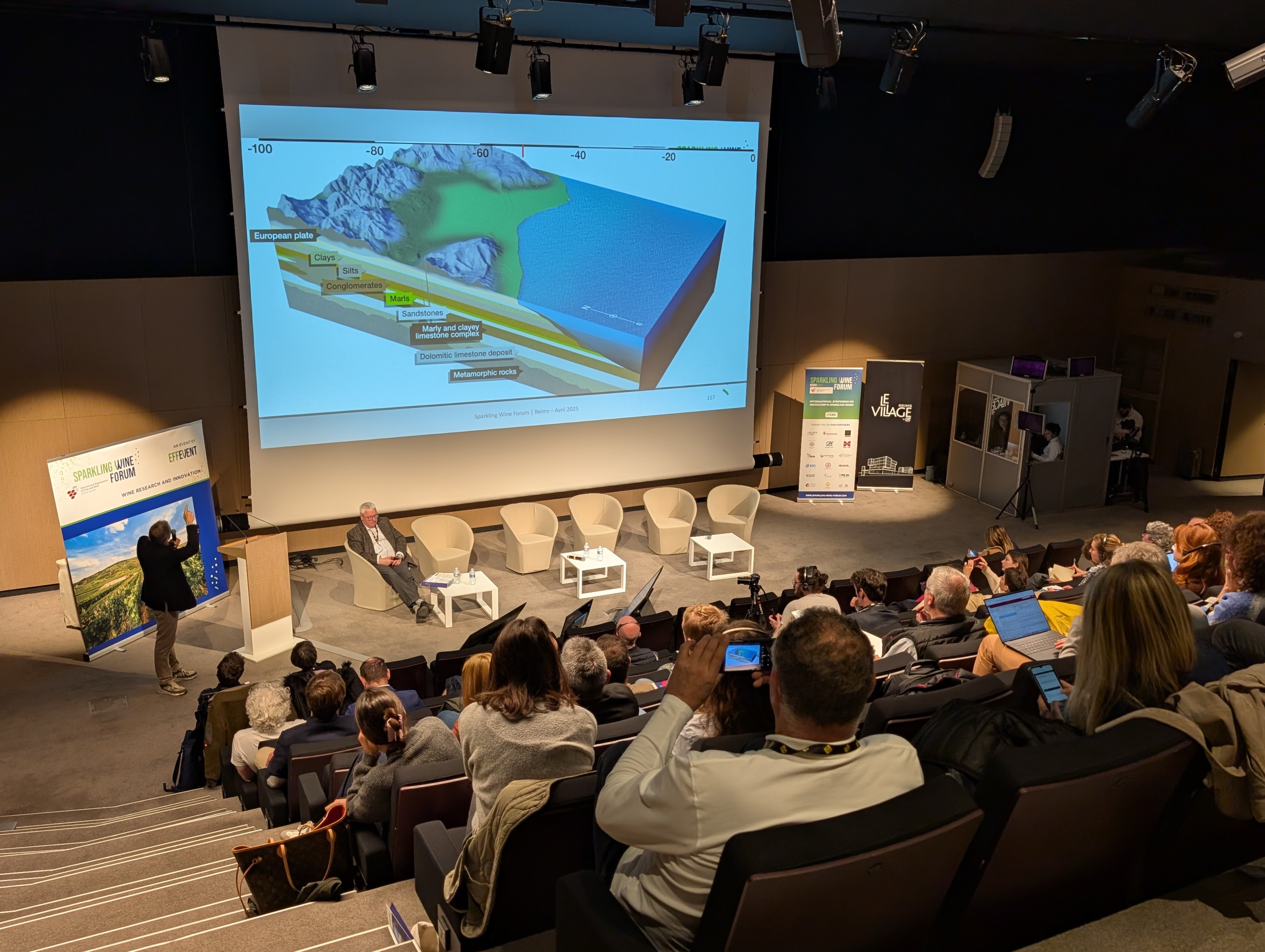
For more like this, sign up for the FREE Vineyard newsletter here and receive all the latest viticulture news, reviews and insight

